Every year in France, almost 9 million tonnes of paper and cardboard are consumed, or around 130 kg per capita. This consumption generates a significant volume of paper and cardboard waste. However, the recycling rate for paper was 63% in 2024, making paper one of the most recovered wastes. This recycling helps to preserve natural resources and significantly reduce our environmental footprint.
The stages of paper recycling
Paper recycling is based on a rigorous five-stage process:
Stage 1: Collection
Used paper and cardboard are collected from homes, businesses and industries, then taken to specialised centres.
Stage 2: Sorting
At these centres, the materials are meticulously sorted to separate the different types of paper, eliminate impurities and ensure optimum quality for further processing.
Stage 3: Processing
The sorted paper is turned into secondary raw materials, ready for resale to manufacturers.
Stage 4: Manufacture
These materials are used to produce paper pulp, the essential basis for the production of new products. This process allows the fibres to be reused several times and limits deforestation.
Stage 5: Transformation
The paper pulp is then converted into rolls or sheets, ready to be used in the production of packaging or other materials.
This closed cycle gives used paper a second life while reducing the consumption of natural resources.
GDP Emballages’ commitment to paper recycling
Our recycled and recyclable papers
At GDP Emballages, we offer both recycled papers, made from recovered fibres, and recyclable papers, designed to be sorted and reused after use. We also have the FSC® label, which guarantees that our papers come from sustainably managed forests, according to strict environmental, social and economic criteria.
Our papers are tailored to the needs of the industrial, logistics and food sectors. Among our flagship products, 100% recycled kraft paper is an excellent example of eco-responsible packaging. Available in a range of grammages (40 to 90 g/m²) and formats, it is ideal for over-wrapping or lightweight layer pads.
Request a Quote
